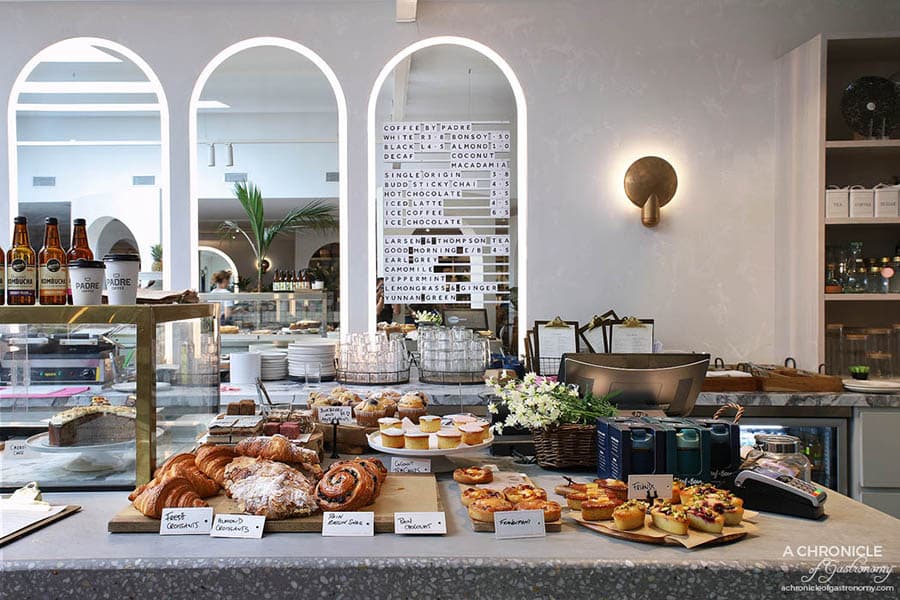In part one of this series, Francis Loughran discussed the customer’s timeless desire and appreciation of quality food and service and how this is the platform from which to drive food and hospitality sales. In this article – part 2 – he stresses why from the outset the focus must be all about sales…
Why? Because: Food + Design + Service = Sales = Rent = Profit = Asset Growth
In a post-coronavirus world, (at least in Australia and New Zealand), we have new expectations of our cafés, restaurants, pubs, roof-top bars and food halls, as we all strive to regain our daily routines and a certain level of comfort in the next-normal.
A hospitality mindset must be the foundation for every food strategy in order to maximise the success, sales and a point of difference for the asset.
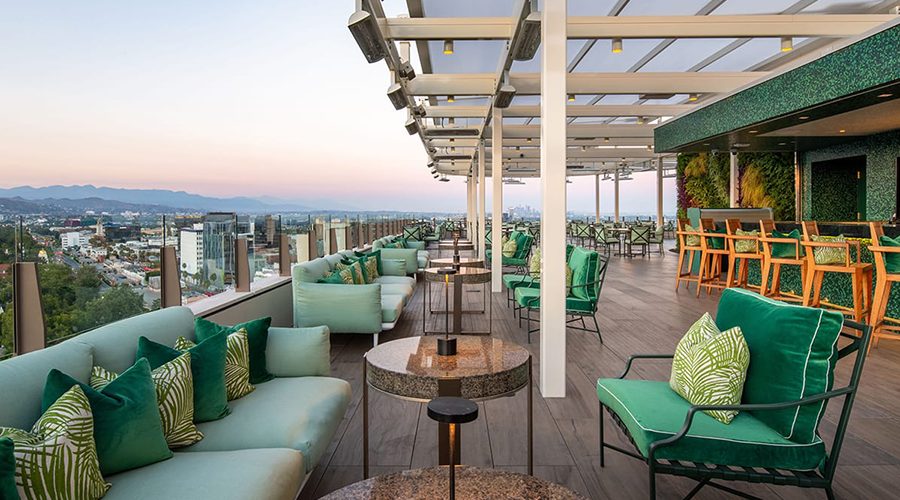
The Rooftop by JG with Panoramic Views of Beverly Hills. Image via https://www.waldorfastoriabeverlyhills.com/
What’s changed?
COVID-19 and the subsequent closure of cafés, pubs and restaurants, quickly reminded us that cooking good food is not that hard and it adds so much more to the quality of the dining experience at home, than a food delivery can ever achieve.
Rocketing sales in kitchen appliances and wine and beer deliveries confirmed ‘hometainment’ has risen to a new level. Dark kitchens offer rent and sales opportunities, but a lot of work must be done on delivery and presentation standards before it can be considered a true dining experience. While it offers a short-term food-fix, it lacks the emotional enjoyment typical of a true hospitality experience.
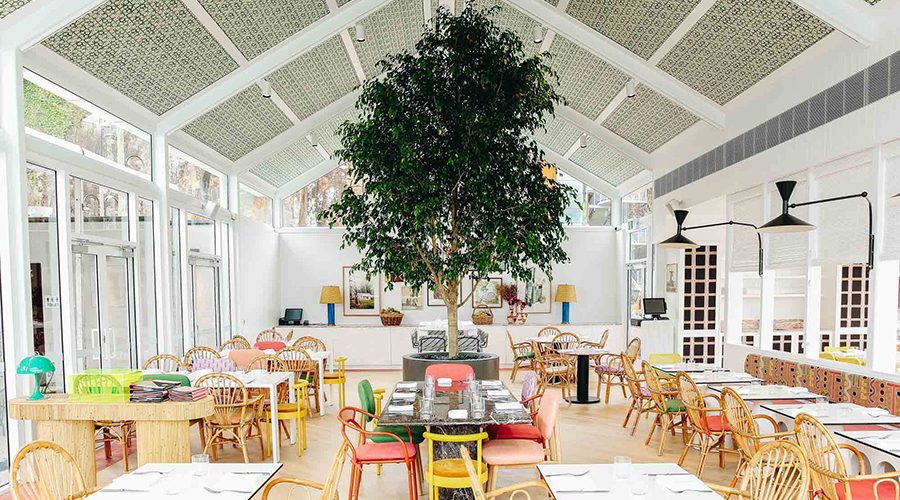
Destination Dining at Arc Dining& Wine Bar – Howard Smith Wharves, Brisbane Australia
What’s changed?
COVID-19 has made food operators across a full spectrum of this wide-ranging industry, rethink the viability of their food and beverage services and adapt for the future in ways they may never have anticipated.
The result is a transformation of short-term food and beverage strategies to provide unique experiences while also increasing sales. Some of the food operators have reduced menus and sitting times, increased prices and adjusted reservation processes and service procedures.
Some customers consider the temporary measures challenging and clumsy, if not downright annoying. “All I want is a latte and the six steps required to do this in a sit-down café is just too hard”…
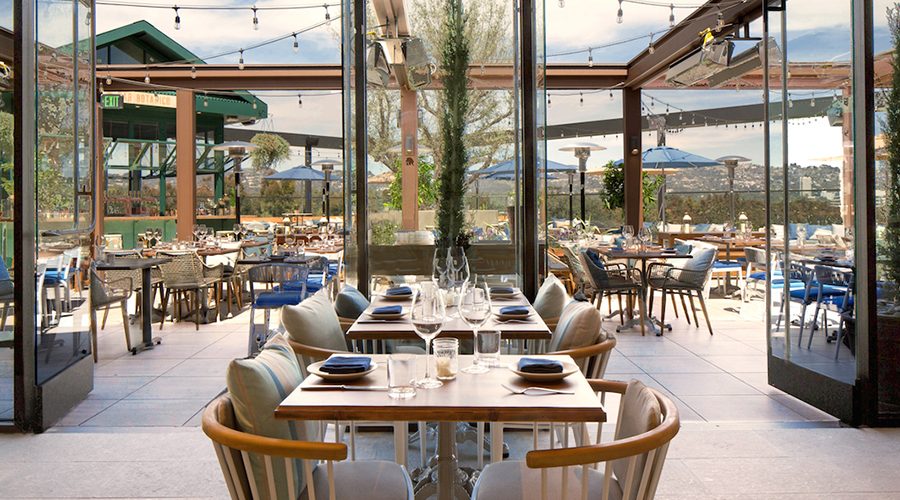
Terra Eataly L.A – Rooftop Dining in Los Angeles, USA. Image via https://destinationfab.com/
But let’s not blame COVID-19. Rather, if we think back to pre-pandemic times we’ll see that many badly presented cafés and restaurants sold poor quality food while providing B-team service and ‘choice’ meant: take it or leave it.
What’s changed?
The whole food, hospitality and retail landscape has changed; let’s look at it through the customer’s eyes…
The customer’s expectations of food and hospitality in our local neighbourhoods, high streets, shopping centres, waterfront destinations, corporate tower cafés, signature restaurants, pubs and roof-top bars has not changed that much. It is about making the customer feel welcome and delivering on the promise of great food and excellent service, time and time again, at a reasonable price.
High-margin menu items are easy to sell when the quality is good – think chef-created specials, superb barista coffee and cocktails leading the way.
Nothing’s changed.
Creating food and hospitality places that deliver positive experiences is simple. Place the customer at the centre of the planning process, add the first principles of hospitality and passion. It’s all about people enjoying one of life’s simple pleasures – eating and drinking.
The promise
Let me take a minute to explain what I believe first principles are when it comes to food and hospitality in commercial venues. It all starts with a dream, passion and the development of a socially responsible, home-grown F&B concept that forms the platform for delicious food and drink created from sustainable, locally-grown fresh produce.
It is about offering great service, a fair price and a win-win for owners, staff, customers and the community in which the business thrives.
All of these criteria must be enveloped in a human-centric design. Never before has the design philosophy of a restaurant, food hall, dining terrace or waterfront precinct been so important. Beautiful eating and drinking spaces are magnets for people to gather and spend.
Architects and designers have a new starting point for human-centric design in food and beverage venues by adopting the principles of a hospitality mindset. This approach is truly hospitable with a human connection to ‘cared-for’ environments that are beautiful, interesting and offer elements of pleasure and surprise. Starting from the customer’s meet, greet and seat, to their farewell, each layer of the design and the service environment must deliver a positive, safe and fun experience.
Too often, we are exposed to stacks of unused chairs, cleaning materials, mountains of soft drink boxes dominating our sightlines and dirty toilets that go ignored by staff and owners.
There is no finishing line when it comes to presentation in food and hospitality.
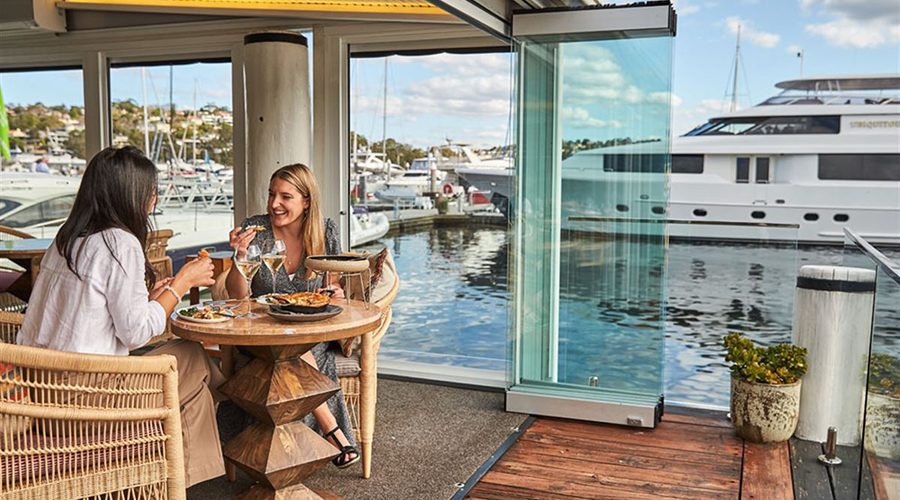
Ormeggio at the spit – Italian Dining Concept transformed in June 2020 to offer a casual yet refined experience.
“Give me a café or restaurant that I will come back to time and time again.” The customer
It all starts with that great morning coffee – perfect temperature, great aroma, visually stimulating – and delicious café food that keeps customers coming back for more, happy to spend money time and time again.
The future is bright
We’ve now entered an era of opportunity for the food and hospitality sector to rebrand itself across retail, leisure and dining destinations. When coupled with entertainment, the result is frequently a positive and profitable partnership.
Discretionary-spend destinations of the future will focus on experiences and mixed-use offers rather than being corralled into the shopping centre or mall label. Mixed-use projects of the future will embrace contemporary lifestyle influences (such as apartment living or fewer cars) and allow the local community to work, live, shop, eat and play in a new living lifestyle precinct.
Mixed-use developers globally recognise the increasing demand for housing, hotels, offices, transport-hubs and personal services to be close to the traditional shopping centres; this has resulted in mixed-use projects becoming increasingly prevalent with unprecedented demand for food and beverage venues, hotels and fresh food stores of all kinds.
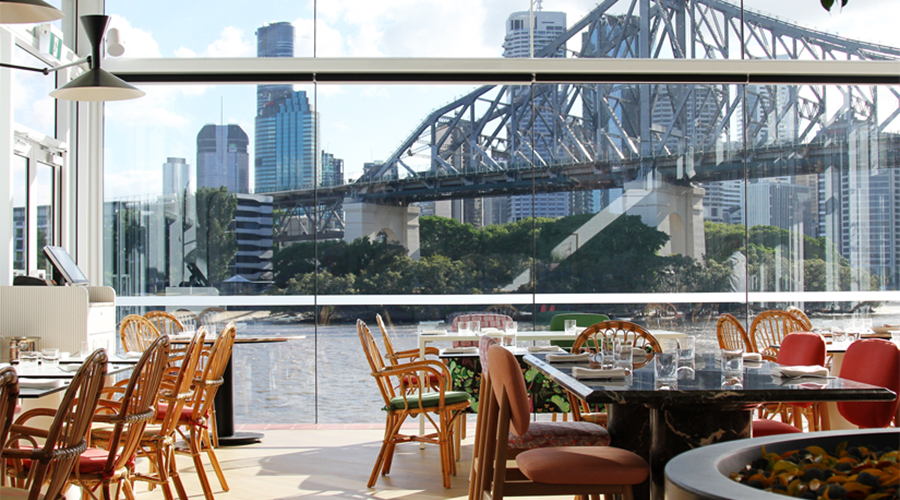
Image via https://theweekendedition.com.au/food-drink/arc-dining-closure/
The concept of the ‘mixed-use development’ is nothing new, especially in Southeast Asia, but what is new is the opportunity for Australia’s traditional shopping centres (ie. Chadstone, The Glen and Victoria Gardens) to become living, working, visiting, socialising, shopping, dining and drinking mega living lifestyle precincts. Think hungry people needing to be fed and entertained around the clock.
We all know that when we combine great food, hospitality and amazing on-trend entertainment (digital and traditional), people flock to destinations. Today’s re-energised and creative food operators can deliver new, positive eating and drinking experiences that will win the customer back time and time again.
Eating out and socialising is what we yearn for; we should eat to live, but we live to eat and socialise. And if the offer is consistently good, we return time and time again to spend, saying: “I would go back there again”.
In summary, the future of food and hospitality is bright. The unprecedented growth of online shopping, data base-personalisation and digital technology have all contributed to create the experience economy.
When it comes to food and hospitality spending, the greatest revenue is generated by a recipe of dreams, passion, emotions, physical beauty, safety, social responsibility, delicious food and customer connection. The perfect eating and drinking experience is all about people.


